Thomas Pocklington Instrument Co. Ltd.
by Victoria JL Fisher
Thomas Pocklington Ltd. was founded in 1925 when Thomas Pocklington, formerly of The Consolidated Optical Co. and J. Frank Raw, established his own repair and manufacturing company at Trinity Square in the former premises of the Toronto Manufacturing Company. Primarily, Pocklington repaired and made optical and surveying instruments.
This Miller’s photoalidade/phototheolidade is an instrument used for “surveying” by measuring vertical and horizontal angles in photographic images, that was manufactured and ruled by the Pocklington company. It was acquired from the Dept. Of Energy, Mines, and Resources, and was likely used by the Geological Survey, a government arm focused on discovering and cataloguing ore and other useful deposits. The Miller Photoalidade was first described by O.M. Miller of the American Geographical Society. (Miller, O.M., 1936.)
According to Thomas Pocklington’s son, William Pocklington, who carried on the business after his father's death, the instrument is associated with a “Dr. Boyd” (Brooks 2006, 70). This is probably Walter Halcro Boyd, Chief Topographer at the Geological Survey of Canada until 1936, and Chief Topographical Engineer at the Department of Energy, Mines and Resources until 1940. Pocklington remembered this instrument has having been ruled on the company’s 1890s Circular Dividing Engine made by American instrument maker Charles Brightly. This instrument allowed the precise division of a circular piece of metal into regular sections, for use in instruments where measurement of angles was necessary.
However, the company did not acquire the Dividing Engine until c.1939 (from Cleveland firm J.C. Ulmer & Hoff). Likely, what was meant was that this instrument was sold to and maintained for the department the Pocklingtons remembered as being associated with Boyd, rather than W.H. Boyd the individual.
The instrument likely dates from the years of the Second World War, or directly after, where the Pocklington company was every active with manufacture and repairs for the government. This involved work in rehabilitating WWI binoculars for use by the military, manufacturing “anti-submarine equipment”, signaling equipment, electrical switches, and gunfire directors. Evidently, production of surveying instruments like the photoalidade were also ongoing.
Optical and metrological instruments made for precision metrological surveying purposes remained the mainstay of the Pocklington business from its foundation to its closing in 1990, three generations of Pocklingtons.
?1907 – Thomas Pocklington working for W.F. Stanley & Co. Ltd, a London UK scientific instrument company.
?1908 – Thomas Pocklington is working for Keuffel & Esser, NY, US.
1909 - Thomas Pocklington arrives in Canada.
1912 – Thomas Pocklington in Toronto working for spectacle and optical company, Consolidated Optical, owned by a distant relative, L.G. Amsden.
1924 – Thomas Pocklington moves to J. Frank Raw & Co., with the sale of the Consolidated Optical survey instrument business.
1925 – Thomas Pocklington begins his own instrument making company, Thomas Pocklington Ltd., located at 8 Terauley Street (now under the Eaton's Centre), Toronto.
1933 – William Pocklington (b. 1919) joins his father’s business as apprentice.
1940 – The company purchases a circular dividing engine made by Charles Brightly in 1890. It sees substantial use through WWII.
c.1941 – The company moves to premises at 30 Bridgeman Avenue, Toronto, ON.
1953 – The company moves to premises at 208 Weston Road, Toronto, ON.
1962 – Thomas Pocklington dies.
1976 – John Pocklington employed to adjust German-made instruments used in construction of the CN Tower.
1991 – Company closes, following market shifts caused by the Canada-United States Free Trade Agreement (Jan 1, 1989)
Selected Sources
Brooks, R. “A Conversation with an Instrument Maker” Rittenhouse Vol. 20 (2006): 65-128
Miller, O.M. “Notes on the Notes on the construction of the Cape Chidley sheet, appendix l to Forbes, Alexander', A Flight to Cape Chidley” Geographical Review, vol. 26, No. 1 (1935) 53-56, 1936.
“Pocklington, Thomas, 1882-1962” Archeion, Archives Association of Ontario. (https://www.archeion.ca/pocklington-thomas-1882-1962 [05-01-24])
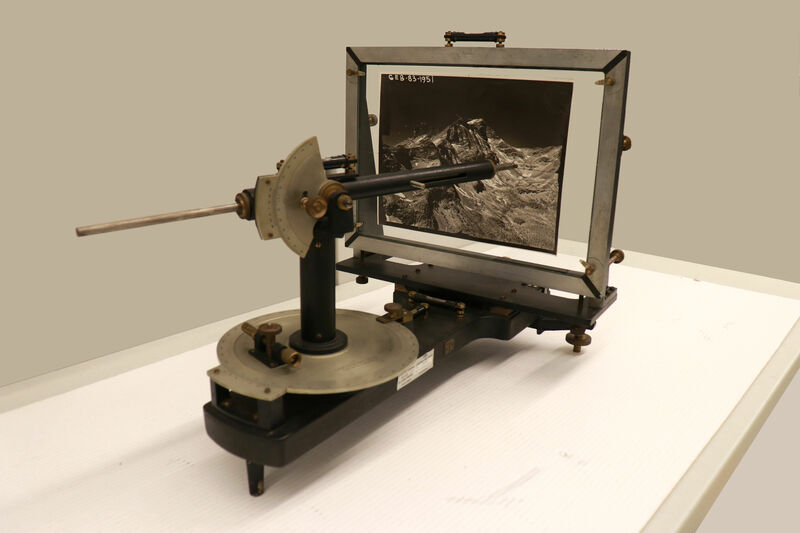


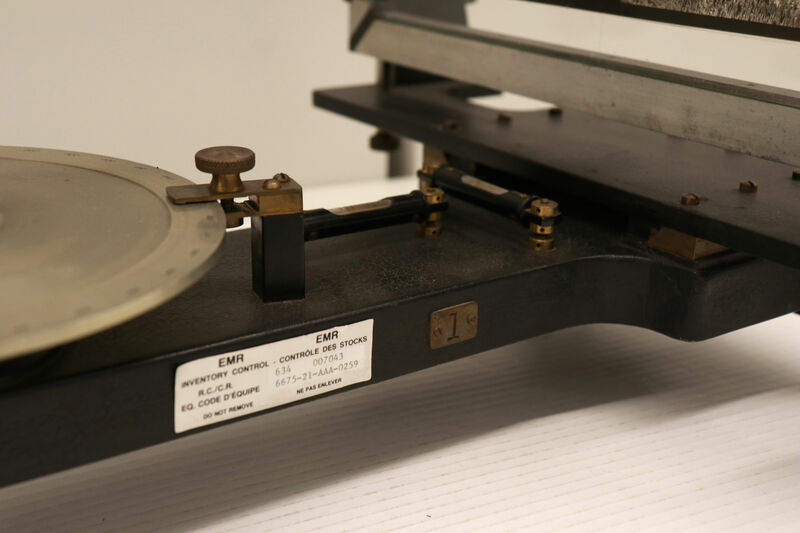
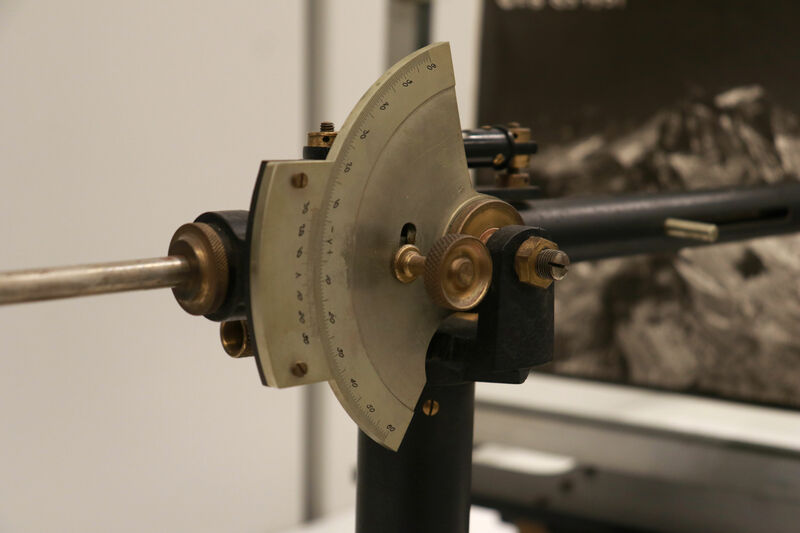
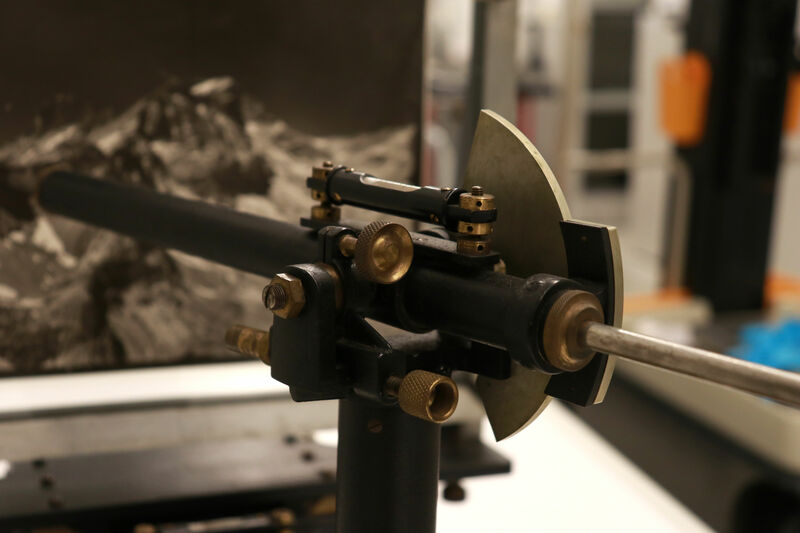
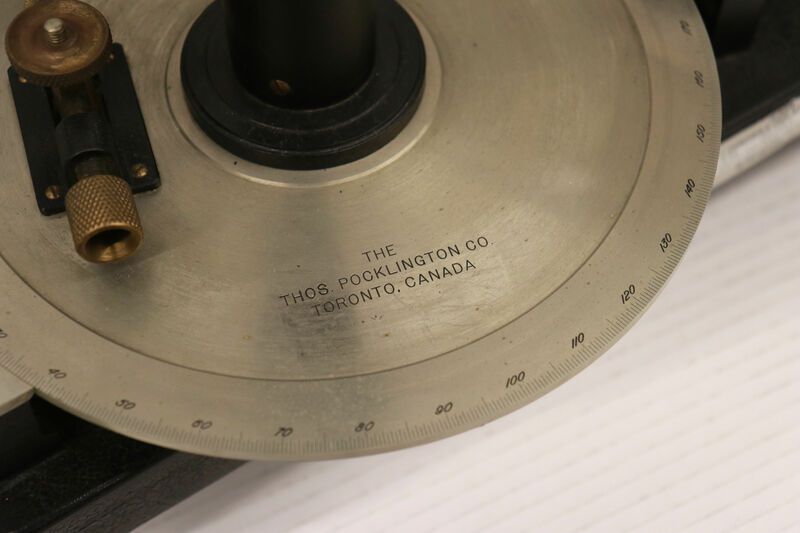
 Miller’s Photoalidade
Miller’s Photoalidade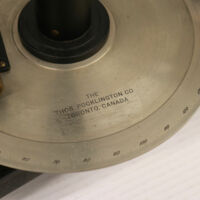 Thomas Pocklington Instrument Co, Ltd.
Thomas Pocklington Instrument Co, Ltd.